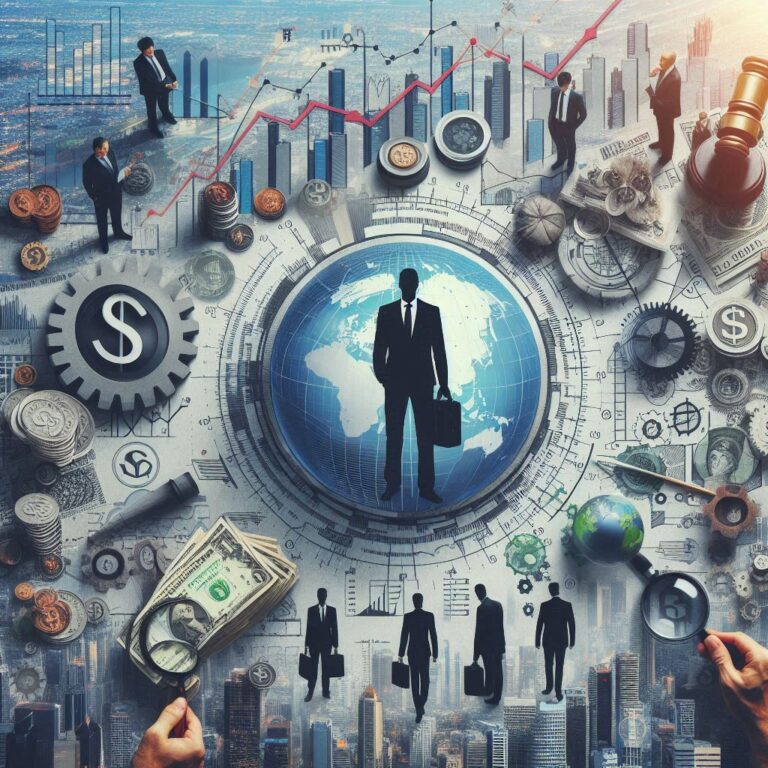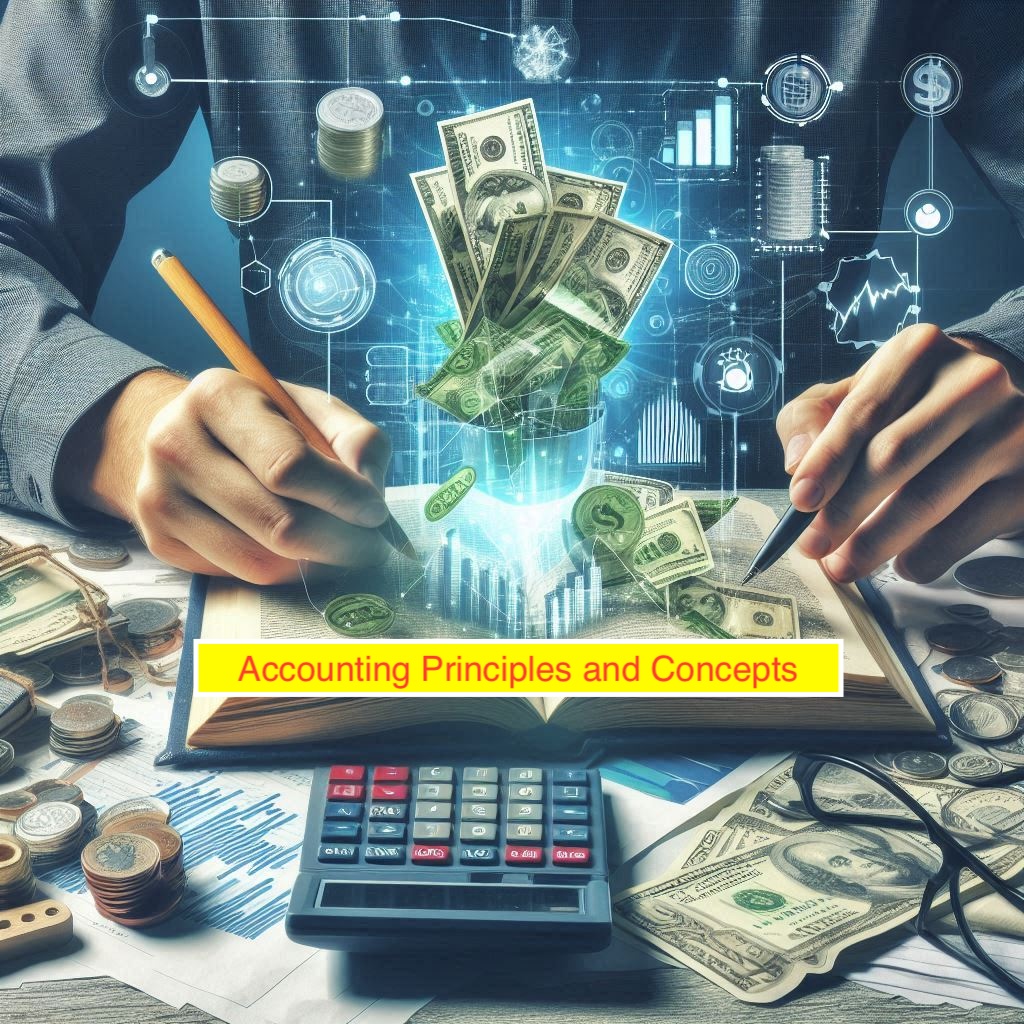Economic Growth
Economic growth is the annual increase in the level of national output (like the annual percentage change in GDP).
Gross Domestic Product (GDP) measures the monetary value of goods and services produced within a country for a given period (generally 1 year).
On The PPC…
When experiencing economic growth, there is an outward shift in the PPC:

Some Definitions

More on GDP
GDP Formula
𝐺𝐷𝑃 = 𝐶𝑜𝑛𝑠𝑢𝑚𝑒𝑟 𝐸𝑥𝑝𝑒𝑛𝑑𝑖𝑡𝑢𝑟𝑒 + 𝐼𝑛𝑣𝑒𝑠𝑡𝑚𝑒𝑛𝑡 𝐸𝑥𝑝𝑒𝑛𝑑𝑖𝑡𝑢𝑟𝑒 + 𝐺𝑜𝑣𝑒𝑟𝑛𝑚𝑒𝑛𝑡 𝑆𝑝𝑒𝑛𝑑𝑖𝑛𝑔 + (𝐸𝑥𝑝𝑜𝑟𝑡 𝐸𝑎𝑟𝑛𝑖𝑛𝑔 − 𝐼𝑚𝑝𝑜𝑟𝑡𝑠 𝐸𝑥𝑝𝑒𝑛𝑑𝑖𝑡𝑢𝑟𝑒)
𝐺𝐷𝑃 = 𝐶 + 𝐼 + 𝐺 + (𝑋 − 𝐼)
GDP Types


Trade/Business Cycle
This describes the fluctuation of economic activity in a country over time, creating a long-term trend of economic growth in the economy.


Reasons For Recession

Causes of Economic Growth
| Factor | Details |
| Factor Endowments |
|
| Labour Force |
|
| Labour Productivity |
|
| Investment Expenditure |
|
Positive Consequences of Economic Growth

Negative Consequences of Economic Growth

Note: I won’t cover the policies as I already did them previously (The 3 Policies)
Employment & Unemployment
Employment refers to the economic use of labour as a factor of production. High employment (or low unemployment) is a macroeconomic goal because:
- High employments raises standard of living.
- It promotes economic growth.
- It increases tax revenue due to higher spending.
- It decreases financial burden & opportunity cost to the government as spending on welfare benefits falls.
- It prevents brain drain from the economy as skilled workers would not leave the country to find jobs elsewhere.
- It reduces income & wealth inequality.
Unemployment occurs when people of working age can and are willing to work but cannot find employment.
Full Employment refers to the ideal situation where everyone in the country who is able and willing to work is employed.
Changing Patterns & Levels of Employment
| Factor | Details |
| Employment Sector |
|
| Delayed Entry to Workforce |
|
| Ageing Population |
|
| Formal Sector Employment |
|
| Female Participation Services |
|
| Public Sector Employment |
|
| Flexible Working Patterns |
|
Measuring Unemployment

Unemployment Rate
This is a measure of the percentage of the country’s workforce that is not employed.
Formula 1

Formula 2

Causes & Types of Unemployment

Consequences of Unemployment

The 3 Policies & Unemployment

Inflation & Deflation
Inflation
Inflation is the sustained rise in the general level in prices of goods & services over time.
Low inflation is a macroeconomic aim because high levels of inflation decreases the currency’s value, the spending power of the government, and firms.
Hyperinflation refers to extremely high inflation rates which are out of control which causes average prices in the economy to rise rapidly.
Types
Cost-Push
Caused by the higher costs of production which forces firms to raise product prices to maintain profit margins.
Higher cost of production can be caused by increased raw materials cost, increased wages, and increasing rents.
Demand-Pull
Caused by an increase in the aggregate demand and the aggregate supply remains the same, this causes the general levels of goods & services to increase.
Imported Inflation
Caused by higher import prices which causes cost of production to increase and causes domestic inflation.
Consequences

Deflation
Deflation is the sustained fall in the general price level in an economy over time.
Types
Benign Deflation
This can be caused by higher levels of supply which increases the productive capacity of the economy which causes the general price levels of goods & services to while increasing the national income.
Benign deflation is “non-threatening” deflation and can have a positive impact on the economy.
Malign Deflation
Malign Deflation can be caused by lower levels of demand I the economy which causes the general price levels of goods & services to decrease due to the excess capacity in the economy.
Malign deflation is harmful deflation and can cause the economy to suffer.
Consequences
Benign Deflation
Economy can produce more which boosts the national income & employment without increasing the general price levels.
This also increases the country’s international competitiveness.
Malign Deflation
| Effect | |
| Unemployment | Since aggregate demand decreases, the demand for labour also decreases which causes unemployment. |
| Bankruptcies | Low consumer spending means that firms gain less profit which means that they may not be able to pay their costs & liabilities which leads to bankruptcy. |
| Wealth Effect | When firm profit falls, their valuation does the same, meaning that the return for the shareholders decreases which decreases shareholder wealth. |
| Debt Effect | Real cost of borrowing increases as the real interest rates rise as the prices fall. It can cause the business & consumer confidence to fall. |
| Government Debt | The increased bankruptcies, higher unemployment, and low levels of economic activity, tax revenue falls and government spending rises which creates a budget deficit meaning that they must borrow money. |
| Consumer Confidence | Fall in consumer confidence as consumers fear that things will become worse in the economy causing them to spend later. |
Measuring Inflation & Deflation
The inflation rate is commonly calculated using the CPI (Consumer Price Index) which is a weighted index of consumer prices in the economy over time and is used to measure the cost of living of an average household.
Calculating CPI
A price index is used to indicate the average percentage change in prices compared to a starting period know as the “base year”.
The CPI compare the price index of buying a representative basket of goods & services with the base year (usually 100).
Calculating Changes in the CPI
- Collect the price data for a representative basket of goods & services collected monthly.
- Assign the statistical weights which represent different patterns of spending over time.
Policies to Control Inflation







